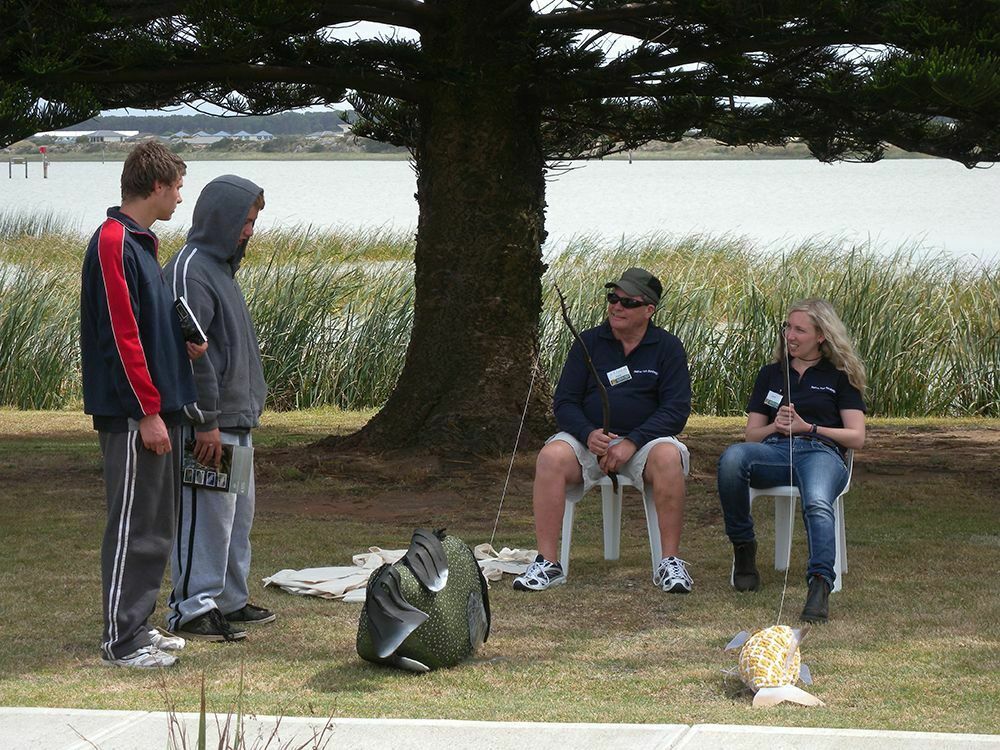Recreational fishers were identified as key stakeholders who would significantly benefit from the programs of the Native Fish Strategy (NFS). The engagement and involvement of the recreational fishing community was considered essential to the success of the NFS; however their effective engagement with the NFS objectives and driving actions varied across individual research and onground activities.
Typical engagement with fishers included presentations to fishing clubs, holding of fishing competitions, implementation of fishing diaries, publication of articles in fishing magazines, collection of their knowledge as part of oral history documentation, involvement in delivery of revegetation projects, and alien fish removal activities such as Carp musters and the implementation of regional Carp Plans. Recreational fishers were also directly involved in a variety of rehabilitation activities associated with Demonstration Reaches. NFS coordinators did a number of speaking engagements at recreational fishing clubs and associations, as well as being asked to write a number of NFS-related articles and references in recreational fishing club publications.
These activities were all successful at informing and involving recreational fishers in aspects of the NFS. However, despite some of these successes, there were gaps at times in our connections with this sector. There are over five million recreational fishers in Australia, 430,000 of whom live in the Murray-Darling Basin. There is a very wide range of motivations among recreational fishers, and variable ways in which they connect with the fishing industry. While some fishers are members of angling clubs, with a strong interest and involvement in management and policy making, many others are less engaged. While some target specific fish species in specific areas, others have more general interests. To effectively engage with such a large and diverse group of people is difficult. Both the 2009 review of the NFS, and the 2010 review of NFS engagement recognised that further focus was required to involve and empower this key stakeholder group.
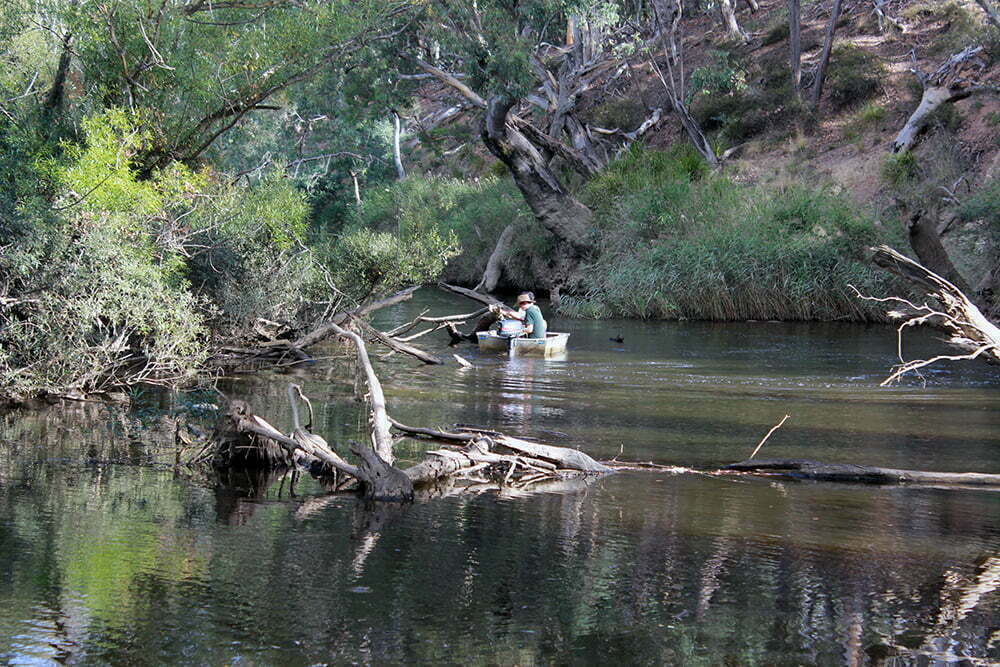

In 2011, two projects were initiated to assist in addressing this need. Firstly, the Talking Fish oral history project collated stories associated with 12 rivers around the Basin, focussing on recreational fishers. This project reinforced the value of fishers’ stories and created many valuable connections. Secondly, Native Fish Awareness week events targeted recreational fishers, including launches of the Talking Fish booklets and events with the theme ‘Habitat makes fish happen!’, such as fishing clinics, research forums with information on issues of interest to fishers, and tree planting days.
The focus on fishers established and strengthened key relationships, leading to the development of new fisher engagement initiatives for the NFS, including participation in and sponsorship of the 2012 National Recreational Fishing Conference and development of a Basin-wide Fishers for Fish Habitat series of workshops, which followed on from successful fisher forums held in NSW since 2009. The True Tales project represents another example of valuing the knowledge and historical understanding of the recreational fishing community. Participation of recreational anglers in NFS forums, workshops and oral history projects also led to a greater understanding of different perspectives.
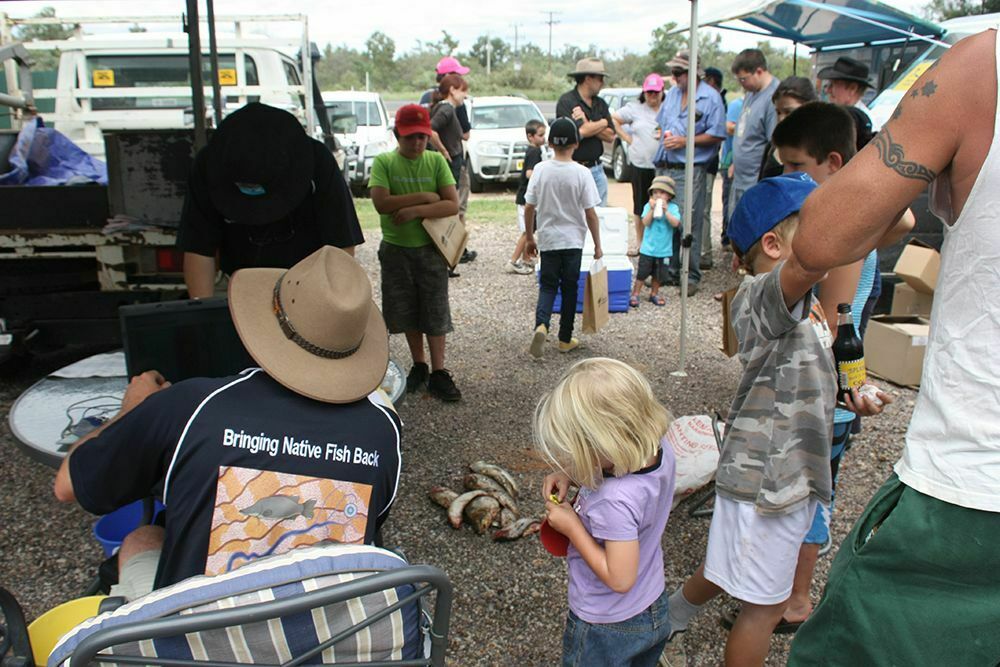
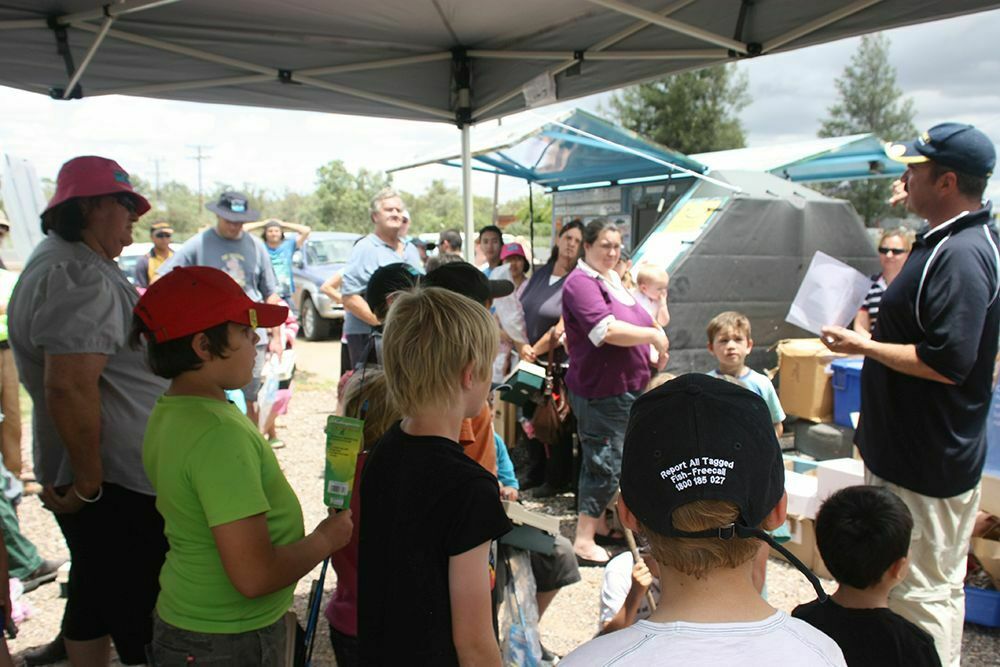
The level of recreational fisher engagement in the delivery and extension of numerous NFS research projects has varied. The NFAP, which advised the NFS on research project priorities, included jurisdictional members from fisheries management; thereby ensuring relevant recreational fishery issues were addressed. The CST also included a number of representatives from the recreational fishing sector. However, there were some difficulties for the NFS in being able to identify and include recreational fishery representatives within particular taskforces and steering committees for projects. This was largely due to the wide and diverse range of angler groups with different interests, perspectives and representation. There were, however, some examples where engagement and participation of recreational fishers in projects and issues was strong.
The experiences of the Murray Cod Taskforce provided a valuable link between the interests of conservation and recreational fishery management across jurisdictions. The preparation of the National Recovery Plan and Action Plan for Murray Cod, the 2010 workshop on the Murray Cod recreational fishery and the evolution of the Murray Cod Fishery Management Group also established important linkages. The Murray Cod Taskforce recommended the development of a population model for Murray cod and this NFS funded project included meaningful engagement and involvement of managers, researchers and recreational fishers.
Many NFS research projects incorporated study of tagged fish, including the collection of information from recreational fishers from recaptured tagged fish. Such events then provided the opportunity to provide information on how far fish had moved, their frequency of recapture, or how much weight it had gained, etc. Recreational anglers often responded well to receiving interesting information, and recognised the value of tagging work.


It is important to recognise that there were also linkages between NFS and other Basin initiatives such as The Living Murray through co-funded research projects, implementation of on-ground activities and staff participation; some projects also incorporated recreational angler engagement (e.g. resnagging of the Murray River).
Improving connections and understanding between managers, scientists and recreational fishers was seen as a very important and long-term aim, requiring ongoing, genuine two-way communication. There are historical examples wherein recreational fishers may not have been supportive of research projects for native fish and habitat restoration, favouring instead projects associated with stocking fish, compliance and infrastructure such as boat ramps, to enhance their fishing experience. There has also been a general perception that pest species such as Carp are largely responsible for habitat and fisheries decline, at times driving unjustified focus on their control over other effective rehabilitative efforts. Managers and scientists need to clearly communicate and demonstrate the broad principles that native fish and habitat restoration research projects will benefit recreational fishing outcomes. The NFS has gone some way to providing accessible knowledge to further educate recreational anglers, but more work is needed.
During the NFS, there were many instances of successful engagement between managers, scientists and recreational fishers. The participation and advocacy of Community Stakeholder Taskforce members who represented recreational anglers in many NFS activities played an important role. Attending local regional events and listening to people’s concerns and views was essential. Relationships have been built based on respect and genuine dialogue, acknowledging commonalities as well as differences. Face to face interactions proved the most effective and direct way to build these relationships. The experiences of protecting the nationally threatened Barred Galaxias following the Black Saturday fires provided a significant example of this.
There are now substantial partnerships between recreational fisher groups and NFS programs in many parts of the Basin that facilitate information flow and support opportunities to continue to improve interactions nationally. For example, the Fish Habitat Network, which began in 2009 in NSW, has now expanded to other States and Territories, and aims to get individuals, communities, organisations and government to work together to ensure aquatic environments and fish communities are healthy, diverse and sustainable for the future.

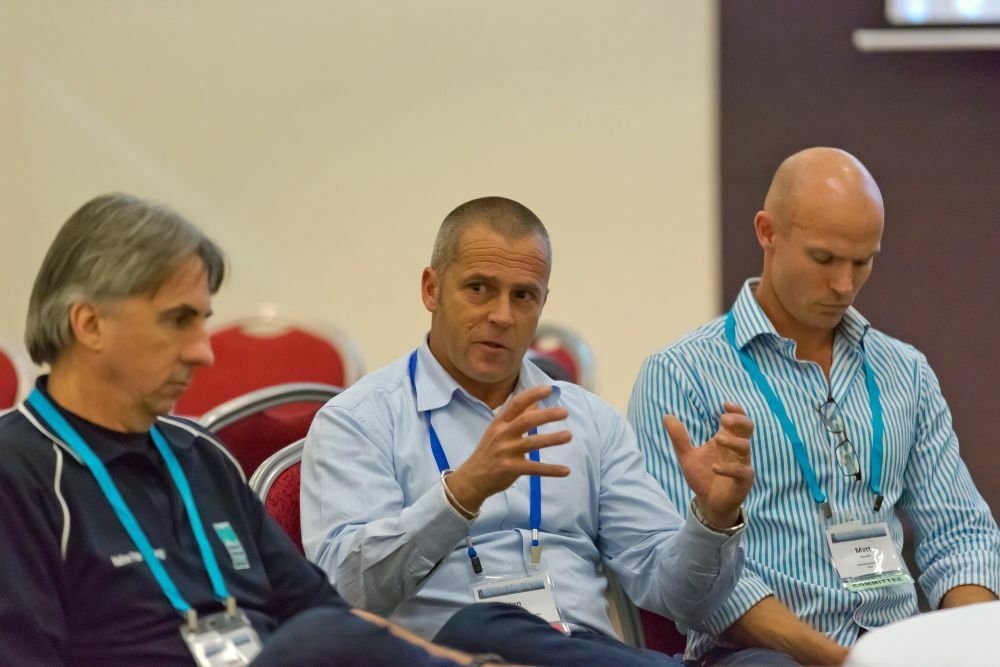
Case Study: Namoi Carp Muster
The Namoi Carp Muster in NSW is a successful collaboration between the Namoi Demonstration Reach and the local fishing club. Held annually for six years, recreational fisher participation has doubled from an initial 300 in the first year to over 600 fishers. Such events provided a great platform to inform participants of local Demonstration Reach activities. Strong relationships with fishing club members were established, resulting in involvement with onground works within the Demonstration Reach.
Case Study: Connecting anglers with conservation
A particularly successful example of recreational fisher engagement occurred in Victoria, where there had been historic conflict between trout anglers and scientists working to protect the small, nationally threatened Barred Galaxias (Galaxias fuscus). Following the 2009 ‘Black Saturday’ wildfires, which incurred substantial human tragedy and environmental impacts, anglers and scientists worked together to rehabilitate Barred Galaxias habitat and initiate collaboration on more substantial projects.
This was achieved by connecting key people at the right time, committing to open dialogue and positive action, actively acknowledging differences and focussing on commonalities, seizing the opportunity presented by the historical moment, and sharing and celebrating shifts in the relationship.
